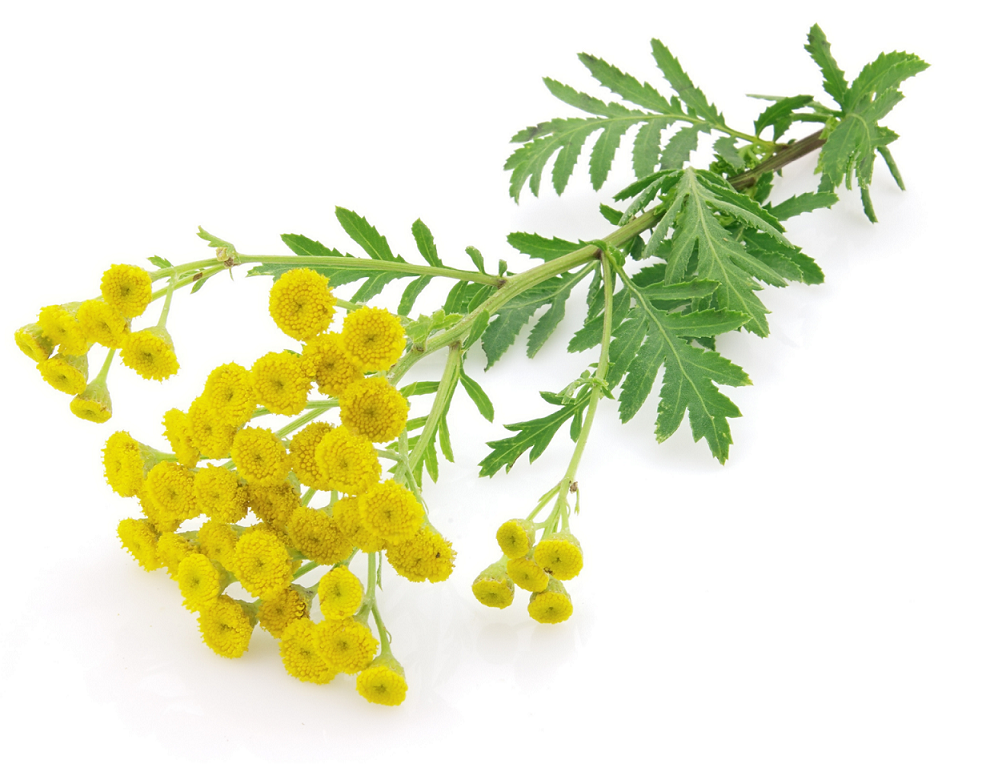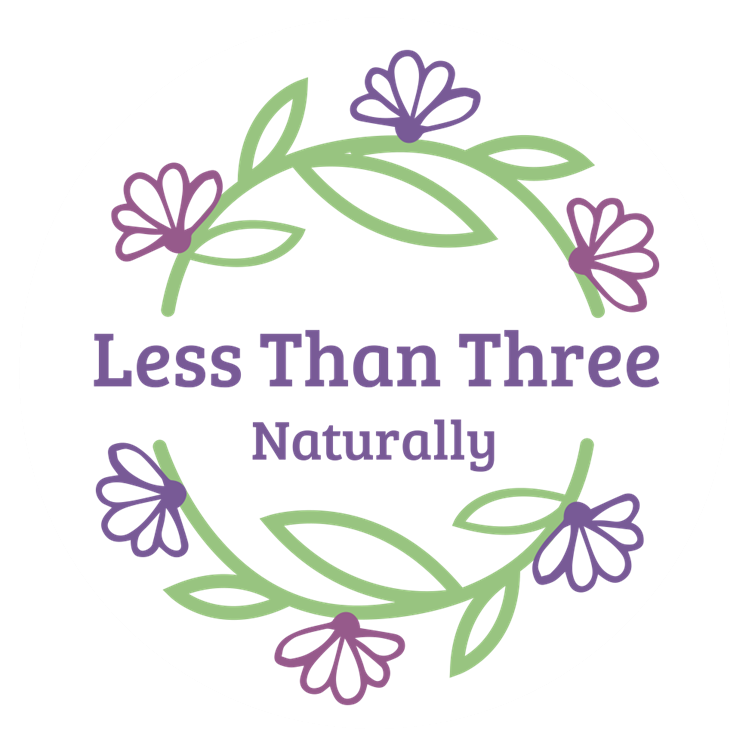
Blue Tansy is one of my favorite ingredients. I love the smell, the colour and the properties of the essential oil. Read on for more information:
Blue Tansy (Tanacetum annuum), also called Moroccan Chamomile or Moroccan tansy, is an annual, yellow flowered plant found in Northern Morocco and was originally wild harvested from the Mediterranean. Blue Tansy should always be diluted before use and as when trying any new ingredient, patch test first.
It should not be confused with common tansy (Tanacetum vulgare), which has high concentrations of thujone, a toxic enzyme, and should not be used for aromatherapy purposes.
The oil that is steam distilled from the Tanacetum annuum flower, leaf and stem has a distinctive indigo blue colour and a sweet, uplifting herbal fragrance.
Three of the main constituents of blue tansy essential oil are: Sabinene, Chamazulene, and Camphor.
Sabinene is an effective anti-inflammatory agent and is known to aid in reducing the appearance of blemishes and skin redness.
Camphor is also anti-inflammatory and has been shown to reduce inflammation in the body and also is mainly responsible for the sweet, herbal fragrance.
Chamazulene, the chemical that brings out the blue color in the oil once it has been heated, is also known to have antioxidant and anti-inflammatory properties.
It is use widely in skin care for its anti-inflamitory and antioxidant properties and the ability to aid in soothing irritation and helping to prevent, repair and reduce blemishes and slow skin cell deterioration.
Blue Tansy essential oil can be used in a massage oil for its scent and skin properties. Some radiologists have been known to use spritzer bottles containing water and Blue Tansy oil to help treat skin burns caused by cancer radiation treatments.
The Blue Tansy is genetically similar to chamomile. It shares much of the chamomile’s calming qualities. A few drops of Blue Tansy oil, mixed with your shampoo or conditioner can help soothe the scalp, strengthen hair, and reduce the presentation of dandruff. This is due to its anti-inflammatory and calming properties. The assistance with the management of dandruff may also be attributed to its antibacterial and anti-fungal properties.
For a more intensive treatment, you can add blue tansy to a hot oil treatment. Diluted with the carrier oil, it can be massaged into the scalp and then brushed from root to tip. You can leave on from an hour to overnight for a deeper condition.
Blue tansy can also be mixed with witch hazel and apple cider vinegar as a toner for blond hair to seal the hair cuticle after washing.
References:
iLAVAHEMP. (n.d.). Blue Tansy Essential Oil Guide – Benefits, How to Use and Side Effects. [online] Available at: https://ilavahemp.com/blue-tansy-essential-oil/ [Accessed 19 Sep. 2022].
Byrdie. (n.d.). Everything You Need to Know About Blue Tansy For Hair. [online] Available at: https://www.byrdie.com/blue-tansy-for-hair-5220528… [Accessed 19 Sep. 2022].
Healthline. (2019). Blue Tansy Essential Oil: Benefits and How to Use. [online] Available at: https://www.healthline.com/health/blue-tansy [Accessed 13 Sep. 2022].
www.doterra.com. (n.d.). Blue Tansy Oil | dōTERRA Essential Oils. [online] Available at: https://www.doterra.com/AU/en_AU/p/blue-tansy-oil [Accessed 13 Sep. 2022].
Segal, L. (n.d.). Dealing With Redness and Acne? This Viral Ingredient Is My Secret Weapon. [online] Who What Wear. Available at: https://www.whowhatwear.com.au/blue-tansy-skincare/slide2 [Accessed 13 Sep. 2022].
